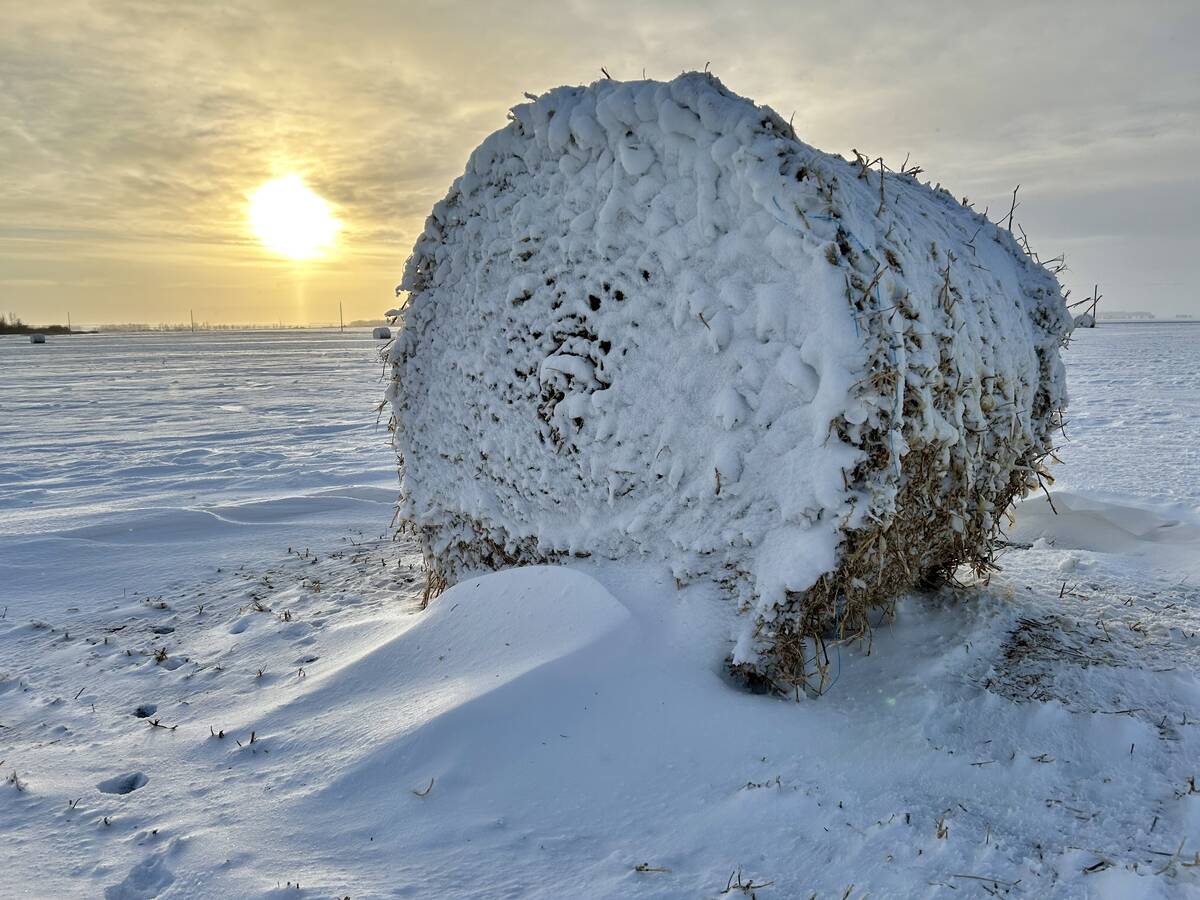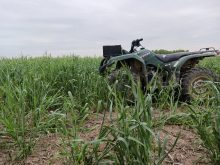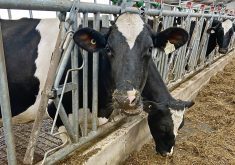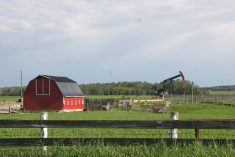Tables set for the next meal, clean teatowels hung neatly on drying racks and the scent of baking bread was a scene of peace and normalcy inside the James Valley Hutterite Colony’s kitchen earlier this month – in marked contrast to the tension and urgency prevailing outside.
Located right in the midst of the La Salle watershed south of Elie, Manitoba, the 93-year-old James Valley Colony was one of several Hutterite colonies readying for the slow-motion tsunami that began rolling their way after the province cut the dike at Hoop and Holler Bend on the Assiniboine River to release pressure on dikes in more heavily populated areas farther downstream.
Read Also

Prairie winter snowfall forecast 2025-2026
How much snow should farmers in Alberta and elsewhere on the Canadian Prairies expect for the rest of December 2025 and into January-February 2026?
Known as one of the “river colonies,” James Valley and other colonies risked being transformed into islands in an overland sea as diverted water headed south to the La Salle Water Basin.
Construction of a huge earthen dike began at James Valley May 9 immediately following an emergency meeting with flood officials.
By week’s end, a massive dirt and “super sandbag” ring dike was near completion.
Then the waiting began, while everyone hoped there would not be a worst-case scenario, with the Assiniboine River suddenly breaking through its dikes, forcing the province to let significantly more water out at the Hoop and Holler breach.
Evacuation orders were possible. The James Valley hog herd cannot be moved due to biosecurity reasons. The colony found an alternative site for their 75 dairy cows, with arrangements made to transport milk needed back to the colony on a daily basis.
The colony has not turned a wheel anywhere on its land. Plus, of no small concern was the fact their garden now lies beyond the protection of the ring dike. Like all Hutterite colonies, that garden is a mainstay of their food system and the looming spectre of being unable to plant it was cause for concern as well.
“It would affect us very, very much if we couldn’t plant a garden,” said James Valley Colony member Lena Wurtz. Virtually all vegetables consumed by this colony’s 145 residents are grown and preserved here. A thick binder in the kitchen is a record of the thousands upon thousands of units of frozen and canned vegetables and fruit colony women put by each year. The good news is those stores of foodstuffs won’t run out any time soon. Their pantries and walk-in freezers are all amply stocked and they could manage well for months before they’d start to feel the pinch of no summer garden for 2011.
Plus, colonies unaffected by flood waters are certain to share and help their flooded counterparts.
“Right now we’re not thinking about that,” added Wurtz. “We’re hoping to plant a garden.”
The James Valley Colony was established in 1918 and holds in its collective memories dealing with other historic floods, including the flood of 1950.
———
“Itwouldaffectusvery,very muchifwecouldn’tplanta garden.”
Lena Wurtz














